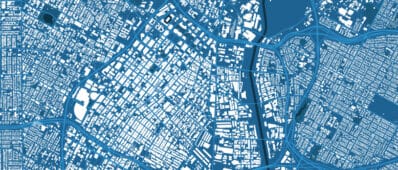Project Summary
Many of the biggest transportation challenges in Southern California arise from the lack of concentration of densities. However, little is known about how to address this critical problem and its adverse consequences. While recent years have witnessed increasing efforts to expand public transit services and encourage compact development in transit areas, there is a dearth of research providing detailed guidance for improving the distribution of densities in the region. Furthermore, existing studies have tended to focus on the City of Los Angeles, resulting in lost opportunities for understanding what challenges exist in the rest of the region, particularly in (suburban) places with great potential for density concentrations. This project will examine the complexity of urban densification dynamics with a focus on thirty selected cities in Southern California where public transit services will be widely available and thus land use intensification will be highly desired in the future. Specifically, the project will (i) conduct an exploratory analysis to identify ways in which urban densification takes place through zoning and actual land use changes that should be jointly addressed in coordination with transportation planning; (ii) develop a model to better understand how zoning has changed (in relation to the expansion of public transit services), to what extent zoning changes have led to shifts in actual land use patterns, and how changes in land use induce further zoning modifications in nearby areas; and (iii) identify hotspots that deserve attention for more strategic densification in the region.

